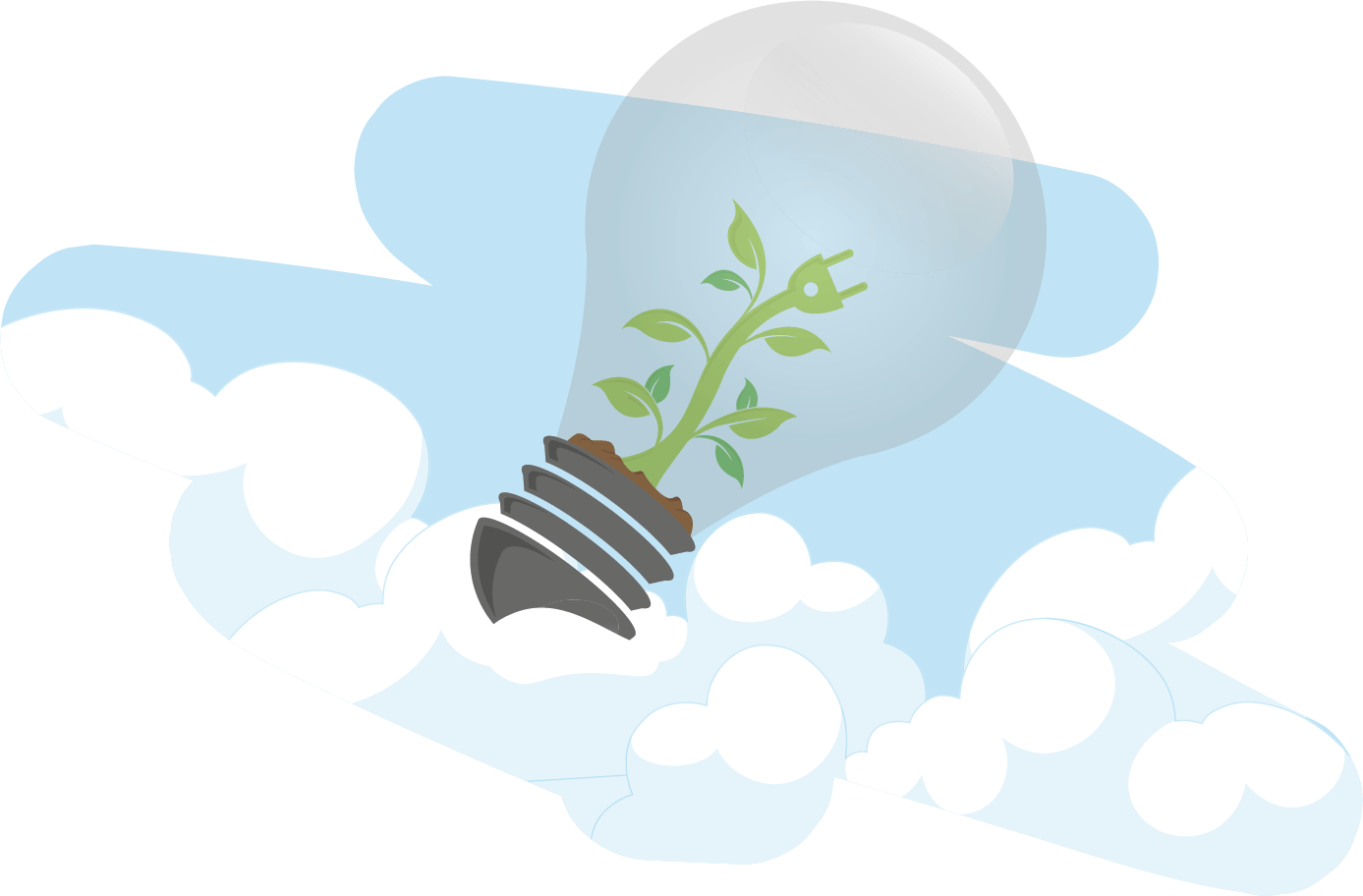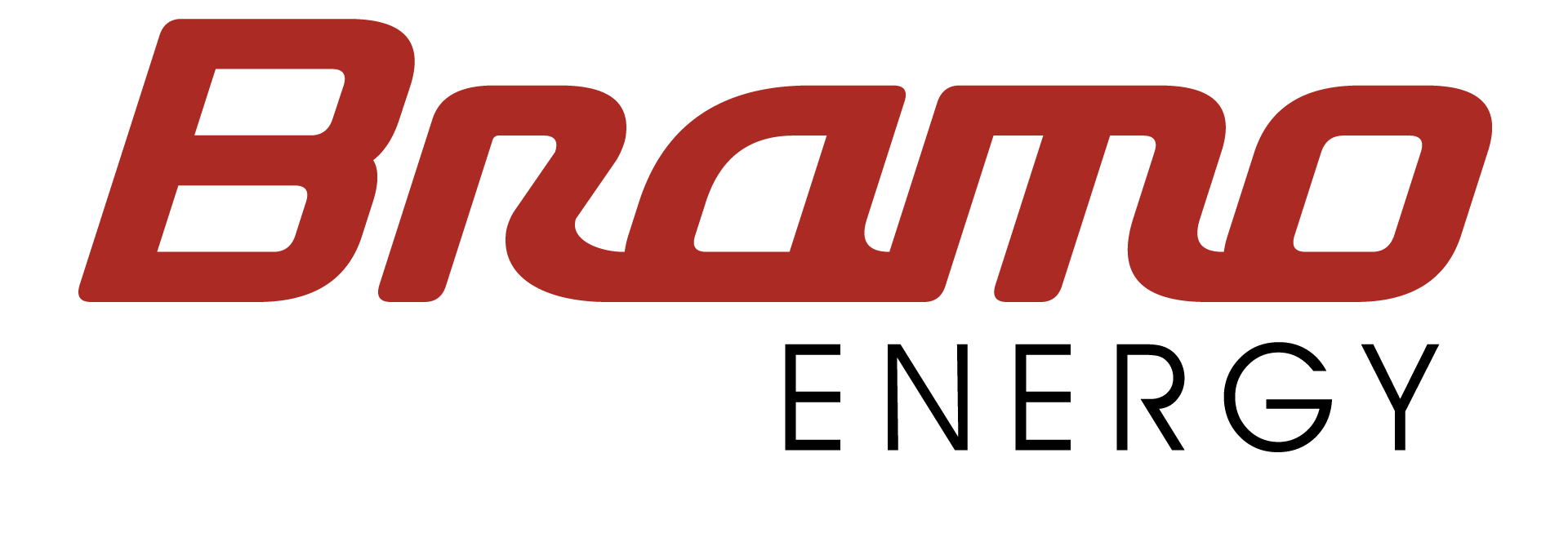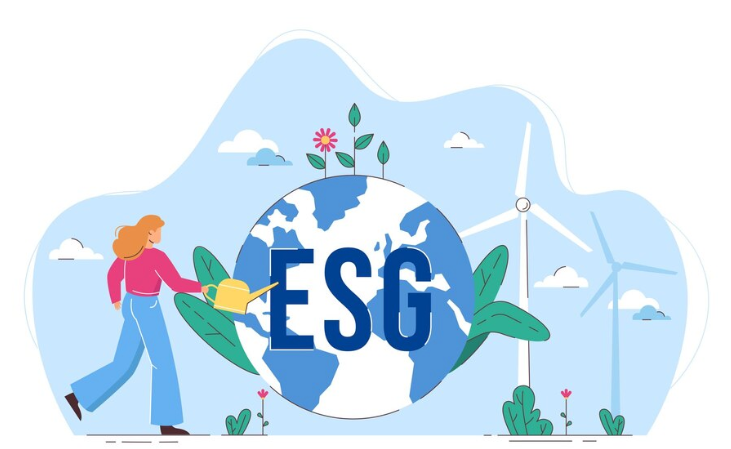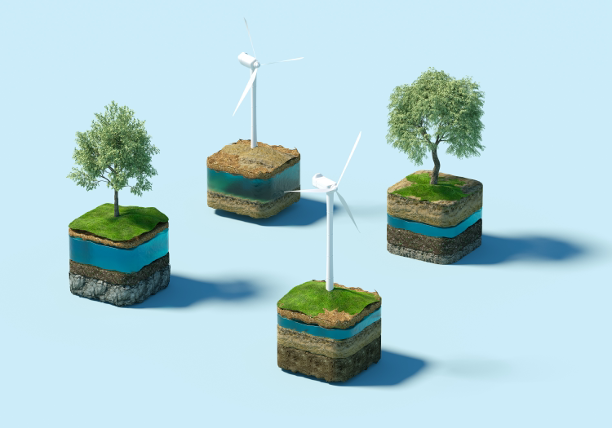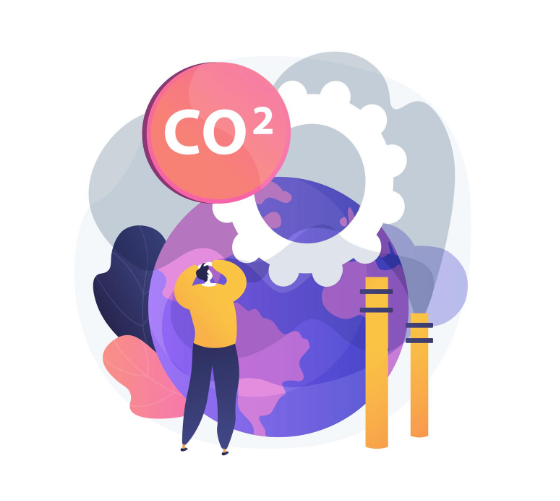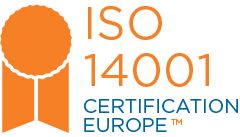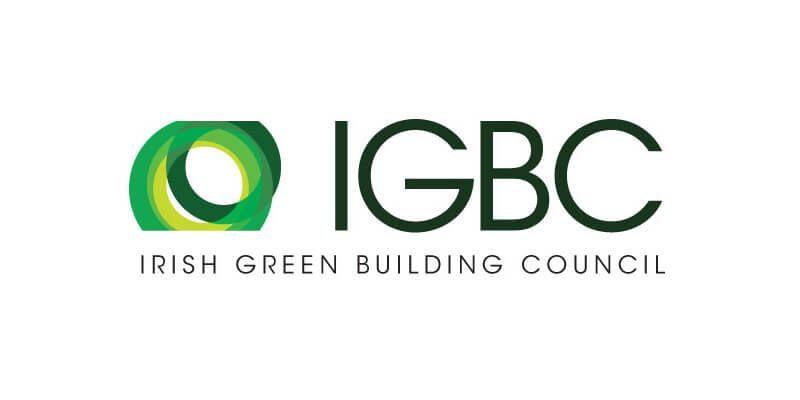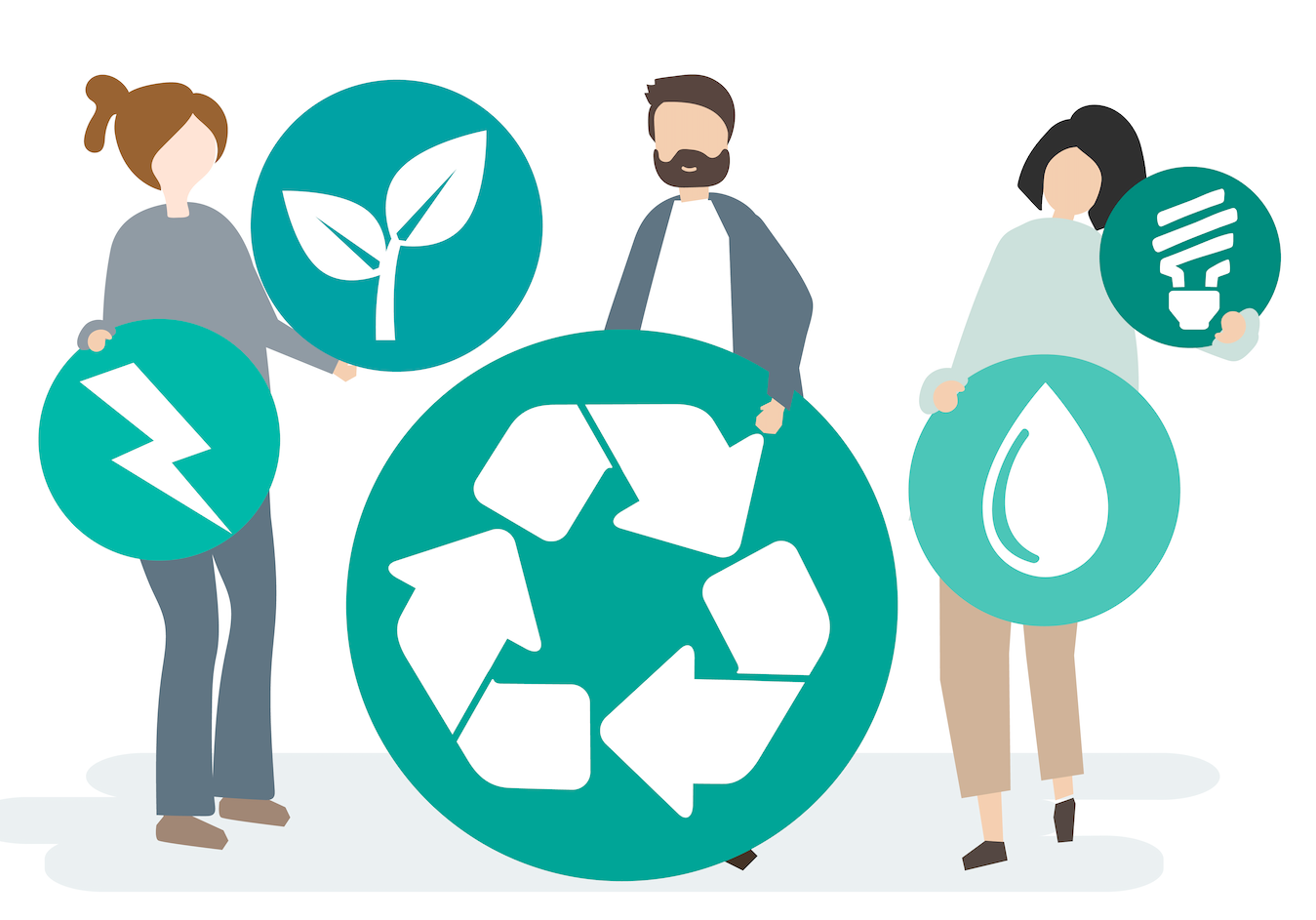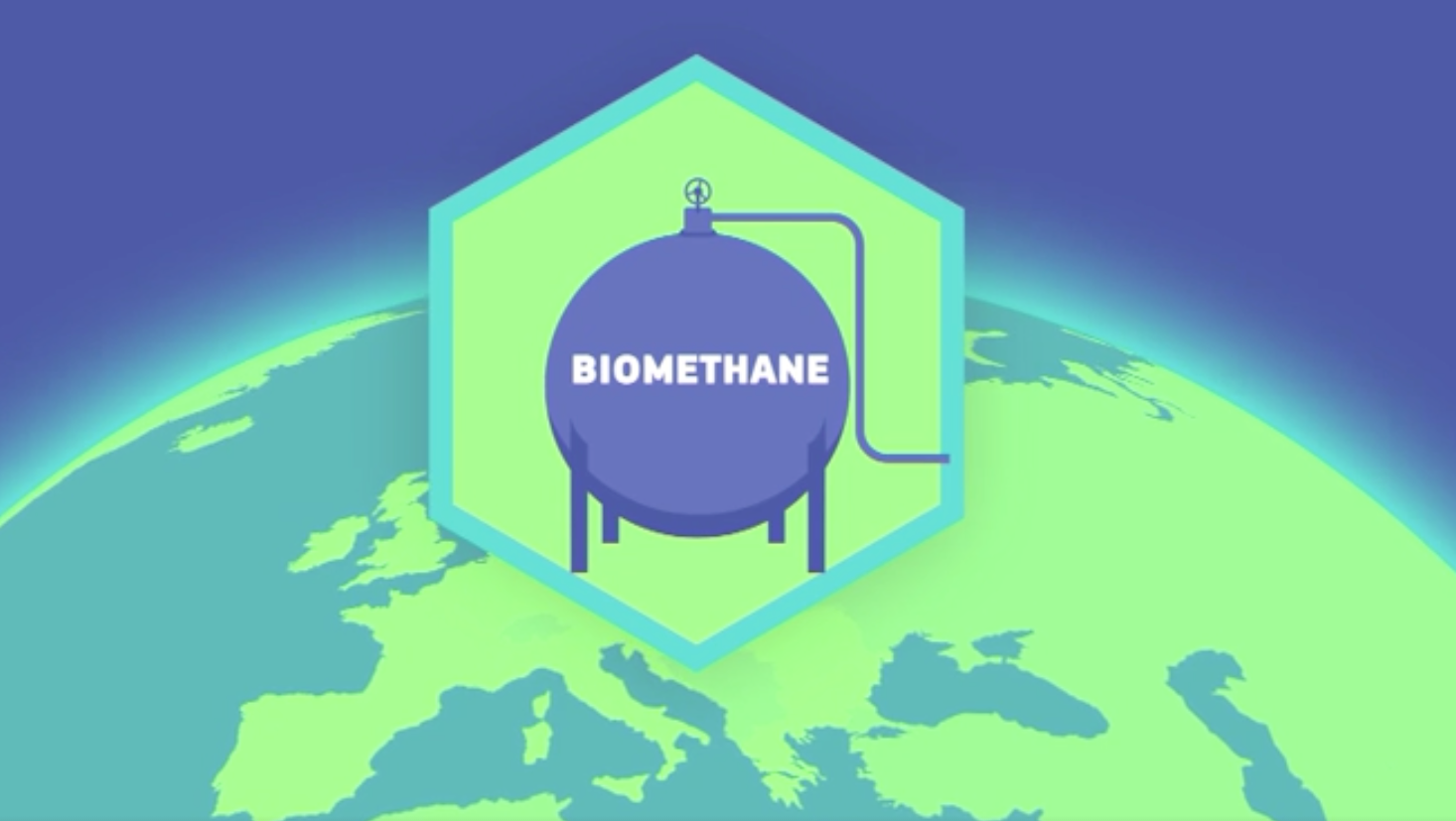
The Expanding Biomethane Market in Europe: Key Trends and Opportunities.
As Europe accelerates its transition to renewable energy, biomethane has emerged as a key player in reducing emissions and enhancing energy independence. With a production capacity of 44 TWh in 2022 and over 1,400 biomethane plants now operational, the industry is poised for significant growth.
This article explores the current trends in the European biomethane market, highlighting its role in decarbonization, market leaders, and the implications for facilities and energy managers.
What is Biomethane?
Biomethane is a renewable energy source produced by upgrading biogas, which is generated through the anaerobic digestion of organic waste, including agricultural residues, food waste, and wastewater sludge. Once upgraded, biomethane has similar properties to natural gas and can be injected into existing gas grids or used directly in transport, industry, and power generation. As Europe seeks to reduce its reliance on fossil fuels, biomethane offers a renewable alternative that can be seamlessly integrated into current infrastructure.
Key Market Trends.
1. Rapid Growth of Production Capacity
Biomethane production in Europe saw robust growth in recent years, reaching 44 TWh by the end of 2022. This expansion is primarily due to the increasing number of biogas plants being upgraded to produce biomethane. Europe is home to over 1,400 biomethane facilities, and this number continues to grow as countries invest in renewable energy solutions.
Global biomethane rose by 15% in 2022:
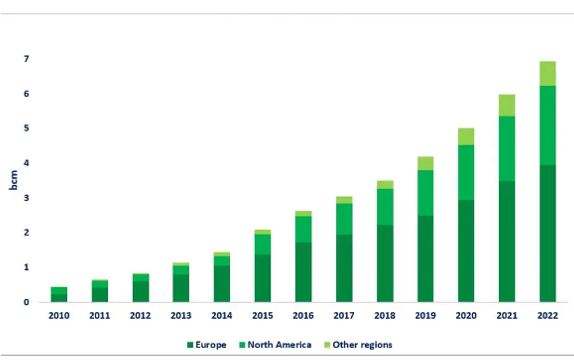
2. Germany leads, Spain and France are rising.
Germany is the clear leader in biomethane production, contributing 12 TWh in 2022. The country’s commitment to renewable energy has driven significant investments in the sector, with further expansion expected. France and Italy are also key players, with large-scale projects underway.
Spain, while a newer entrant in the market, is rapidly increasing its biomethane production capacity. Several major projects are underway, and the country is aligning its renewable energy policies with broader European Union (EU) goals. Spain's strong commitment to sustainability and the EU's energy independence agenda make it a country to watch in the biomethane market.
3. Supporting Decarbonization Goals.
Biomethane is integral to Europe’s decarbonization efforts. It provides a renewable, low-carbon alternative to natural gas, which can significantly reduce emissions in energy-intensive sectors. This makes it particularly relevant for industries and facilities managers focused on meeting sustainability targets.
For energy managers, biomethane offers a direct route to reducing the carbon footprint of gas consumption, whether for heating, electricity generation, or industrial processes. Facilities managers overseeing operations in sectors like food processing, manufacturing, and agriculture can utilize biomethane to power equipment and meet sustainability goals.
4. Policy and Investment Support.
The EU's ambitious climate goals, including a 55% reduction in emissions by 2030, have driven policy changes favoring biomethane production. Governments across Europe are offering incentives, such as subsidies and tax breaks, to encourage investment in biomethane plants. These policies are helping reduce reliance on fossil fuels and foster a more circular economy by promoting the use of organic waste for energy production.
Countries like Spain and France are particularly benefiting from these policies, with governments actively supporting biomethane projects as part of their national energy strategies.
Facilities and energy managers should be aware of these incentives, which could significantly lower the cost of incorporating biomethane into their energy mix.
Opportunities for Facilities and Energy Managers:
The growth of biomethane presents a unique opportunity for facilities managers, energy managers, and sustainability experts to incorporate renewable gas into their operations. Key opportunities include:
- Reducing Carbon Footprints: By transitioning from natural gas to biomethane, facilities can dramatically lower their greenhouse gas emissions while maintaining operational efficiency.
- Energy Independence: Biomethane offers a way to enhance energy security, reducing reliance on imported natural gas and volatile fossil fuel markets.
- Compliance with Sustainability Regulations: For facilities bound by stringent environmental regulations, using biomethane can help meet regulatory requirements, including compliance with emissions standards and decarbonization commitments.
- Cost Efficiency: As biomethane production scales up, prices are expected to become more competitive with natural gas. Additionally, government incentives can offset initial investment costs, making biomethane a financially viable option for many businesses.
- Circular Economy Integration: Facilities managers in industries such as agriculture, food processing, and waste management can benefit from integrating biomethane production into their operations, utilizing waste streams to generate energy on-site.
Conclusion:
Biomethane is rapidly becoming a cornerstone of Europe’s renewable energy strategy, with production set to grow significantly in the coming years. This presents a clear opportunity for companies to reduce emissions, enhance energy security, and comply with increasingly stringent sustainability regulations.
With substantial government support and favorable market conditions, now could be the time to explore how biomethane can fit into your organization's energy strategy.
Would you like to know more?
Do you have any questions about one or more of these topics?
Feel free to contact us at hello@bramoenergy.com.
